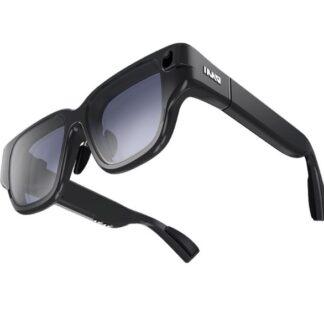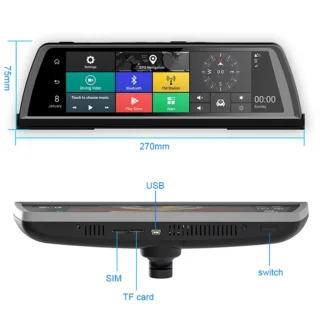Electronics
Electronics
The electronics industry covers a vast array of products that use electronic components to perform various functions, from communication and entertainment to automation and computation. Here are some popular subcategories within the electronics industry:
- Consumer Electronics:
- Smartphones: These multifunctional devices combine a phone, camera, GPS, and more.
- Tablets: Portable touchscreen devices for browsing, gaming, and productivity.
- Laptops and Computers: Personal computers for work, entertainment, and gaming.
- Televisions: Home entertainment displays with various screen sizes and features.
- Home Audio and Sound Systems: Includes speakers, headphones, soundbars, and home theater systems.
- Wearable Technology: Devices like smartwatches, fitness trackers, and augmented reality glasses.
- E-Readers: Electronic devices for reading digital books.
- Home Appliances:
- Refrigerators: Appliances for food storage.
- Washing Machines and Dryers: Laundry appliances.
- Microwaves: Kitchen appliances for heating food.
- Vacuum Cleaners: Devices for cleaning floors and carpets.
- Air Conditioners and Heaters: Climate control systems.
- Dishwashers: Appliances for automatic dishwashing.
- Entertainment Electronics:
- Gaming Consoles: Devices like PlayStation, Xbox, and Nintendo for gaming.
- DVD and Blu-ray Players: Devices for playing movies and digital media.
- Home Theater Systems: Audio and video setups for immersive entertainment.
- Audio and Music Equipment:
- Headphones and Earphones: Audio devices for personal listening.
- Musical Instruments: Electronic keyboards, synthesizers, and electric guitars.
- Amplifiers and Speakers: Devices for amplifying and projecting sound.
- DJ Equipment: Turntables, mixers, and controllers for DJs.
- Cameras and Photography Equipment:
- Digital Cameras: Cameras for capturing photos and videos.
- Camcorders: Devices for recording video.
- Camera Accessories: Lenses, tripods, and lighting equipment.
- Office Electronics:
- Printers and Scanners: Devices for printing and scanning documents.
- Fax Machines: Communication devices for sending and receiving faxes.
- Office Phones: Telephone systems for businesses.
- Calculators: Electronic devices for mathematical calculations.
- Smart Home and IoT Devices:
- Smart Speakers: Voice-controlled devices like Amazon Echo and Google Home.
- Smart Thermostats: Devices for controlling home temperature.
- Smart Lighting: Automated and programmable lighting systems.
- Home Security Systems: Surveillance cameras and alarm systems.
- Smart Locks: Electronic locks with remote access.
- Automotive Electronics:
- Car Stereos and Infotainment: In-car entertainment systems.
- GPS Navigation: Navigation devices and smartphone apps.
- Advanced Driver Assistance Systems (ADAS): Safety features like collision avoidance and adaptive cruise control.
- Electric Vehicle (EV) Technology: Electric cars and charging equipment.
- Industrial and Automation Electronics:
- Industrial Robots: Machines used for manufacturing and automation.
- PLCs (Programmable Logic Controllers): Control systems for industrial processes.
- Sensors and Actuators: Devices for data collection and control.
- Telecommunications Equipment:
- Telecommunication Networks: Infrastructure for voice and data communication.
- Smartphones and Mobile Devices: Devices for mobile communication.
The electronics industry is characterized by rapid technological advancements, with products continually evolving to meet the changing needs of consumers and industries alike. Whether for personal use, entertainment, productivity, or industrial applications, electronics play a central role in modern life.
Showing 1–16 of 45 results
-
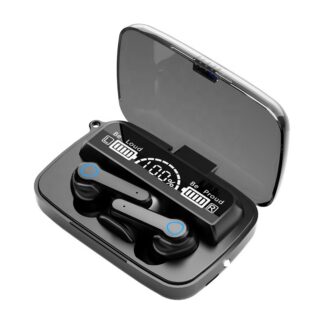
Bluetooth (16)
-
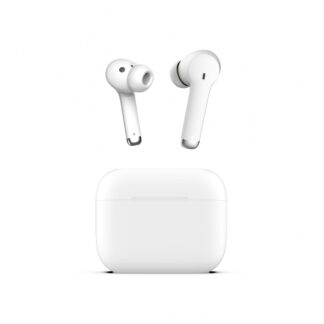
Bluetooth Hearing Aides (8)
-
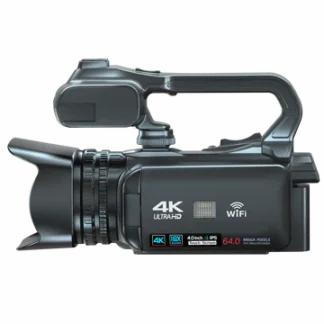
Cameras (4)
-
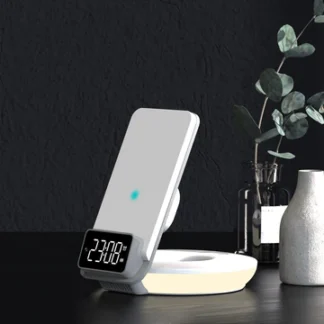
Mobile Phone watch earbud Accessories (9)
-
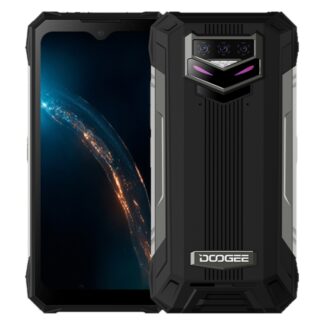
Mobile Phones (6)
-

Power Banks (2)
-

SB 1.8ct Diamond Gold Cross Pendant
$2,485.88 Select options This product has multiple variants. The options may be chosen on the product page -

Senecure 18K Yellow Gold 3.5MM Chain Necklace
$936.88 – $1,381.88 Select options This product has multiple variants. The options may be chosen on the product page -

Waterproof 360 Action Camera
$1,374.88 Select options This product has multiple variants. The options may be chosen on the product page -
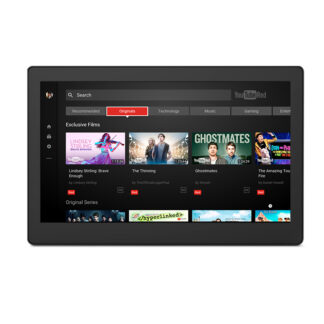
Senecure 32″ Android Tablet 1080p Touch screen Display
$574.88 Select options This product has multiple variants. The options may be chosen on the product page -
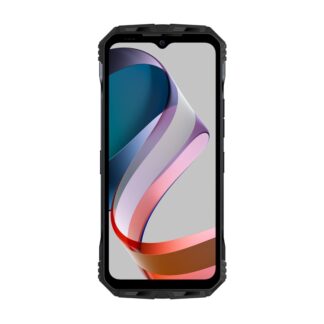
SB DOOGEE V30T 5G Rugged Phone
$499.88 Select options This product has multiple variants. The options may be chosen on the product page -
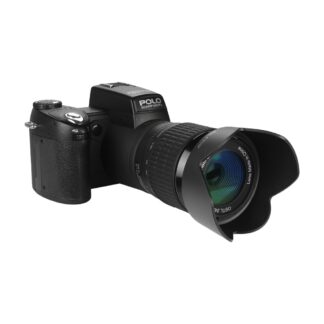
HD Digital 33Million Pixel Auto Focus Professional Video Camera
$428.88 Select options This product has multiple variants. The options may be chosen on the product page -
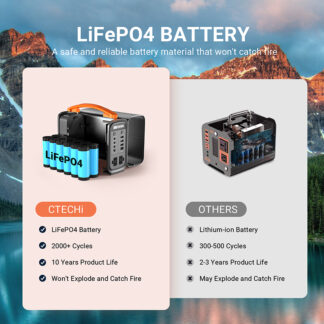
SB200Pro Outdoor Portable Power Station
$406.88 Select options This product has multiple variants. The options may be chosen on the product page -
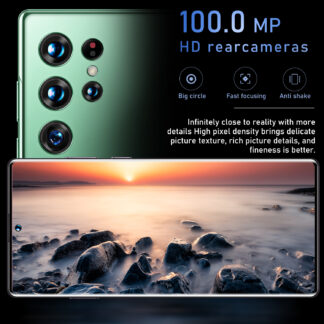
SB S23+ Ultra 5G 16GB+1TB 7.3 HD Screen Dual Sim Unlocked
$270.88 Select options This product has multiple variants. The options may be chosen on the product page -
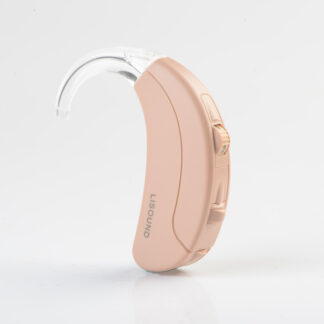
Batter 11 Analog Behind The Ear Hearing Aid Audio Amplifier
$198.88 Select options This product has multiple variants. The options may be chosen on the product page -
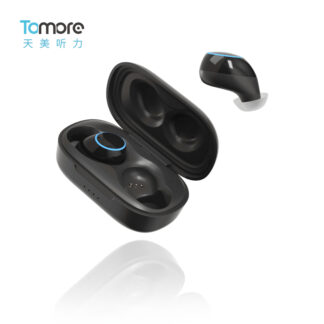
Digital Hearing Aid Headphone Earphone for Elderly
$189.88 Select options This product has multiple variants. The options may be chosen on the product page -

Home Video Smart WiFi Wireless Doorbell with Camera Intercom
$152.88 Select options This product has multiple variants. The options may be chosen on the product page -
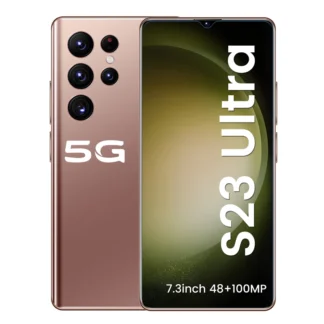
SC23 ULTRA 5G 16GB+1TB Gaming Unlocked Dual Sim Mobile Phone
$112.88 Select options This product has multiple variants. The options may be chosen on the product page -
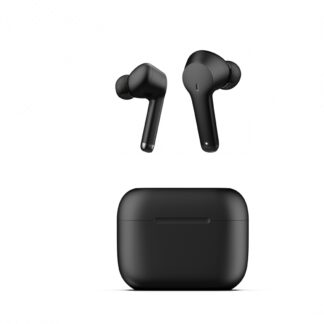
Bluetooth 2 in 1 Rechargeable Hearing Aid with APP Control
$109.88 Select options This product has multiple variants. The options may be chosen on the product page -

Bluetooth Hearing Aid Earphone Noise-Canceling
$99.88 Select options This product has multiple variants. The options may be chosen on the product page
Showing 1–16 of 45 results
